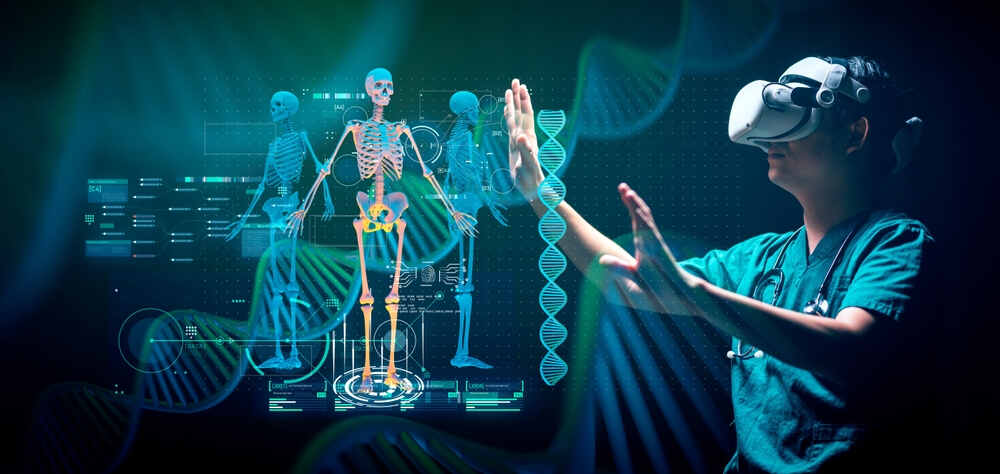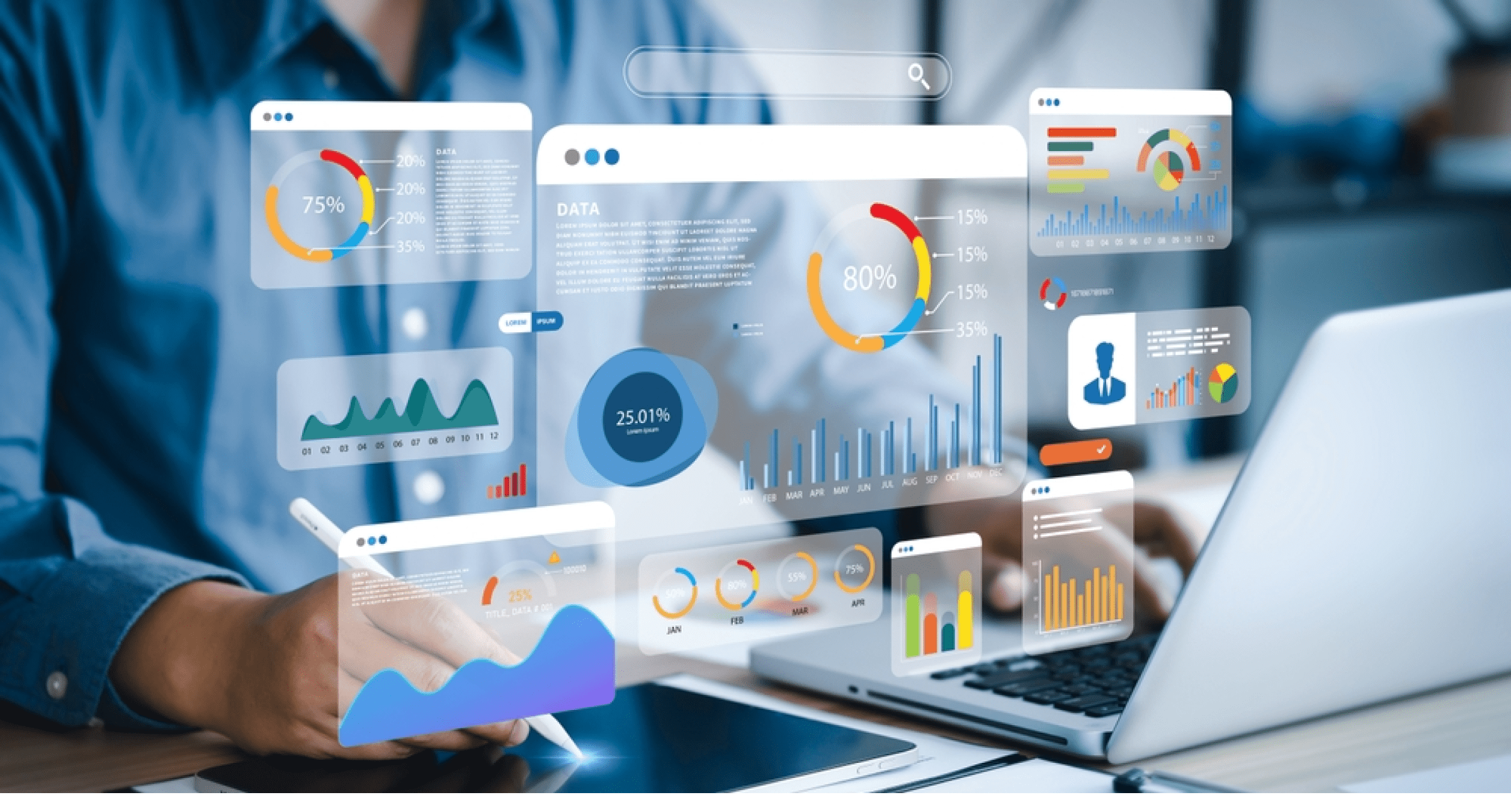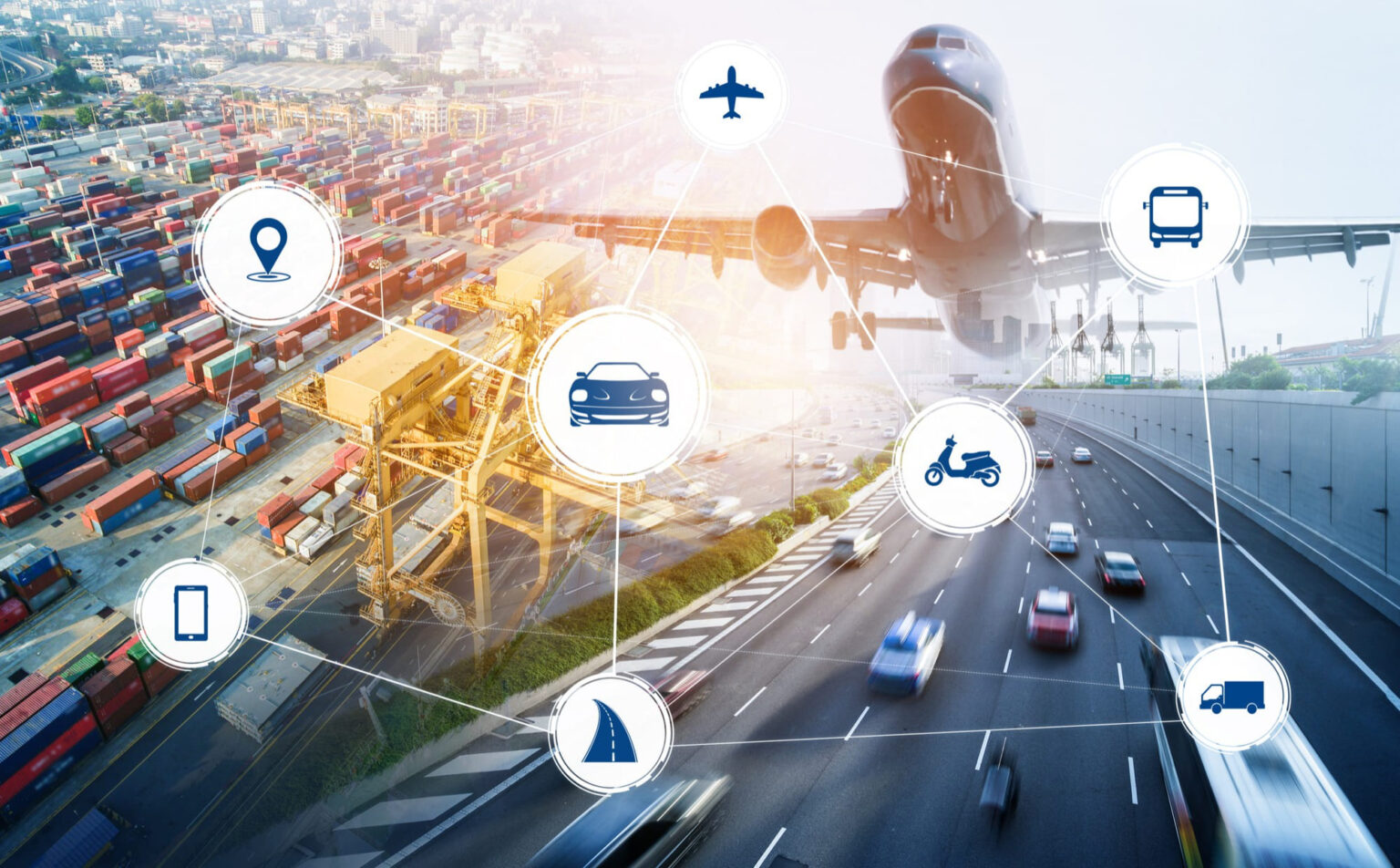Introduction
Welcome to "Into the Future: AI Exploration," your gateway to the fascinating arena of artificial intelligence. In this virtual area, we want to solve the mysteries of AI, look into its scope of implementations in different sectors, and see what are the potential consequences for humans going forward. Our goal is to de-complicate AI, so everyone can equally approach and explore the complexities of this topic. Whether you've been in AI for seasons, just getting started with technology, or are simply curious about products of AI, this website is a gateway for learning, discussion, and inspiration. The term artificial intelligence (AI) refers to the mimicking of human intelligence in devices created to imitate humans in terms of thinking, learning, and problem-solving. Whether it is self-driving cars or virtual assistants, medical diagnoses, or economic predictions, AI technologies are revolutionizing our lifestyles, work environment, and the way we communicate with the outside world.

AI is no longer merely the buzzword in the modern, integrated community; it is the main engine behind innovation and advancement. Businesses are using AI to improve the efficiency of the production process, better the service provided to customers, and learn from the large volumes of data. AI scientists are at the cutting edge, addressing issues like healthcare and climate change, taking it to the next level. While the role of AI keeps progressing its influence on society, economy, and ethics increasingly becomes profound. Get updated and inspired with the best of our listing of events, articles, and AI news. Whether one day it will be an AI event, a landmark research paper, or an insightful opinion piece, we aim to keep you informed on the recent developments and trends that are defining the future of AI. Travel along with us towards this exploration of AI and we will find out the opportunities, the challenges, and the version where AI is a proponent of change. Welcome to "Into the Future: “Exploring AI" – let us discover the secrets of this field hand-in-hand.
Artificial Intelligence Basics
AI, as a branch of technological innovation, is emerging as the ultimate game changer in the way machines perceive, learn, and interact. This is a revolution from the old practices. Essentially, AI is a set of machines that complete tasks that require human intellect. They encompass a great variety of tasks extending from natural language processing and image recognition to sophisticated decision-making and problem-solving. AI has become the driving force of modern life as it can be found in a wide variety of industries transforming them while reshaping our accepted norms.
AI is widely applied as a data analysis and pattern recognition technique. Machine learning, a particular case of AI, allows systems to learn from extensive data without being programmed. Through identifying patterns, correlations and inputs from complex datasets, machine learning algorithms can perform predictions and decisions more sharply than ever. This quality is utilized in different areas such as finance, health care, marketing, and cybersecurity. For example, financial institutions use machine learning algorithms for fraud detection, and healthcare providers that introduce AI-based diagnostic tools improve patients’ outcomes.

Neural networks are another part of AI technology that got their principles and functions from the structure as well as the function of the human brain. These nodes that mimic natural neurons are very good at pattern recognition and extracting the features from raw data. Deep learning, a special type of neural network, has provided us with a platform to soar AI technology to a new level of complexity and performance. Because deep learning models consist of hierarchical stacking of neurons, they can learn automatically the hierarchical representation of data and lead to advancements in image recognition, speech recognition, and autonomous driving. CNNs and RNNs were implemented in AI architectures to achieve a level of human efficiency in image recognition, natural language understanding, and sequential data processing.

AI principles can be better understood by various interactive demos and visualizations since these are greatly useful educational tools. Such immersive materials are interactive and allow the users to experiment with AI notions, simplifying complex algorithms and formats in an easy-to-understand way. For example, interactive tutorials enable the user to apply the training of neural networks using real datasets, reading how the model parameters affect the performance metrics at this very moment. Via visualization tools like heatmaps and activation maps the internal activity of AI networks is comprehended, showing how neurons function and make predictions. In the context of gamified simulations and virtual environments, the institution can explore the possibilities and limitations of AI systems in different scenarios, creating the necessary environment for a better understanding of machine intelligence.
Case Studies
1. Healthcare
Machine learning algorithms used for medical image analysis are one of the main areas of healthcare AI. Organizations like Zebra Medical Vision have built AI systems that can identify and diagnose multiple illnesses by using X-rays, CT scans, or MRI pictures. It can be demonstrated by analyzing Zebra’s algorithm developed for detecting osteoporosis, cardiovascular diseases, and even malignant lesions on X-rays and other images. These are among the top tools that aid a medical team in diagnosing diseases at the right time and providing the appropriate treatment for the patients. Nonetheless, there are debatable issues such as the trustworthiness of the AI-reported diagnoses and the privacy and security of patients' data.

An astronomical case for this is applying NLP algorithms to optimize clinical documentation systems and patient care. Similar companies like Nuance Communication have developed AI-powered transcription software that can attain the spoken medical dictations into electronic health records (EHRs). This technology not only reduces the burden for healthcare providers through automation but also ensures the correctness and thoroughness of documents which is key for top-notch patient care. Along with the above-mentioned pros, the deployment of AI in EHR systems suffers from interoperability, standardization, and acceptance from users.
2. Finance
In the finance industry, AI is employed to enhance process operations, reduce risks, and offer a better customer experience. Predictive analytics and machine learning algorithms are instances that can be used for fraud detection and prevention. Companies like Feedzai and Featurespace offer real-time specific anomaly detections and advanced AI platforms that identify and stop fraudulent activities and transactions. Thanks to the use of these algorithms and behavioral analytics, the systems can in turn track existing fraud schemes and anticipate evolving possible threats for the banks and financial institutions which alleviates the losses they suffer. Even though enough data governance regulation, compliance and ethical implications of financial sector automation, are not yet settled.

Another one can be seen in the way AI-empowered robo-advisors are used in wealth management and investment advisory services. Organizations such as Betterment and Wealthfront own automated investment platforms, which make use of AI algorithms to develop personalized portfolios that consider clients' financial objectives, risk tolerance, and market conditions. These robo-advisors utilize techniques like portfolio optimization, asset allocation, and tax-loss harvesting to offer investors the highest return while mitigating potential risks. Whilst robo-advisors enable many consumers with the lower cost and time but also some issues, such as algorithmic bias, fiduciary responsibilities, and the impact of AI on the role of human financial advisors, are raised.
3. Transportation
A revolution in logistics, supply chain management, as well as autonomous vehicle technology, is happening in the transportation sector through AI. Airline companies will also benefit from AI-based predictive maintenance systems in the aviation sector. Similar to Lufthansa and Southwest Airlines, which use the technology of machine learning to analyze sensor data from aircraft components and predict potential equipment failure even before occurring. Proactively recognizing technical issues and planning repairs accordingly helps airlines reduce periods of downtime, decrease maintenance costs, as well as improve flight safety. But, being able to put in place predictive maintenance solutions implies overcoming some problems, including data integration, algorithm accuracy, and regulatory compliance.

Another great example of AI usage in transportation is the invention of self-driving cars and smart transportation systems. Businesses such as Waymo, Tesla, and Uber are investing healthy capital in AI technologies that are required for self-driving cars, trucks, and drones respectively. Vehicle of this type uses computer vision, sensor fusion, and machine learning algorithms to observe surroundings, make immediate decisions, and navigate in complex environments autonomously. The advantages of autonomous vehicles include reduced traffic accidents, enhanced mobility, and optimized transportation efficiency. On the other hand, important challenges still exist in terms of safety, legal and regulatory concerns, and trustworthiness.
Future Trends
The artificial intelligence (AI) sector has recently undergone great growth and development with emergence of new trends and innovation in the area of research and development. These innovations are close to altering many spheres of industry and how things are will also be affected by them in not too long a time frame. Undoubtedly, the most widespread AI technology feature which enables AI to make progress is the development of better machine-learning algorithms and models. Deep learning, a branch of machine learning that uses artificial neural networks, has gained real recognition and has visible applications in the areas of computer vision, speech recognition, and autonomous decision making among others. Scientists never stop upgrading these algorithms through the method of trial and error in an attempt to improve their performance, scalability, and efficiency on different fields. As a result, the innovation makes it possible to launch extraordinary new uses.
Healthcare has the biggest potential for AI to fundamentally transform how people are taken care of, cared for and treated. The most spectacular feature of such technology in the area of medical imaging is in AI algorithms that analyze radiological images more precisely and speedily than expert radiologists. And thus an early diagnosis of chronic diseases like cancer is possible. Moreover, AI can be utilized by healthcare organizations for predictive analytics which reveal individuals who are susceptible to having certain diseases, and thus appropriate preventive measures and personalized treatment plans can be taken. One more aspect of AI with regard to the robotic surgery systems is that they built-in AI capabilities allow for minimally invasive surgeries to be done with a higher level of precision and success rates. AI technologies in education redefine the way that students learn and the way teachers operate by rethinking both processes. Humanized learning through AI platforms aids students by applying the AI algorithms so as to adapt educational content and teaching methods to the specific students’ needs and learning styles and thus making the students engaged and perform effectively at school. The cyclic process of instruction where every student gets feedback and advice in a short time automatically leads to personalized and interactive training process. Besides that, AI-powered educational assistants and chatbots, students gain unlimited access to such vital information as explanations, answers, and guidance through their studies.
The application of AI concerning environmental sustainability is being used to deal with urgent challenges involving climate change, resource conservation, and renewable energy optimization. AI-based predictive models can analyze enormous volumes of environmental data identifying climate patterns, natural disasters, and the influence of human dynamics on ecosystems. As well, the AI-enabled grid systems distribute and consume energy optimally, allowing a higher share of energy derived from renewable sources, such as solar and wind energy. With the development of AI, its effect on society, the workforce, and every other aspect will consequently be very significant. Along with the possibility of mundane jobs getting automated and productivity enhancement, AI also brings about the fears of job losses, increased inequality, and ethical discussions. AI's popularity could lead to changes in the labor market as some jobs become redundant while others will need different types of skills and knowledge. Secondly, the ethical and practical aspects of AI, like bias in algorithms, data privacy, and autonomous decision-making, should be thoroughly understood and regulated well so that AI can be developed responsibly.
Resources
Russell, S., & Norvig, P. (2016). Artificial intelligence: A modern approach (3rd ed.). Pearson.
Goodfellow, I., Bengio, Y., & Courville, A. (2016). Deep learning. MIT Press.
Bostrom, N. (2014). Superintelligence: Paths, dangers, strategies. Oxford University Press.
Ng, A. (2018). Machine learning yearning. deeplearning.ai.
Burkov, A. (2019). The hundred-page machine learning book. Andriy Burkov.




